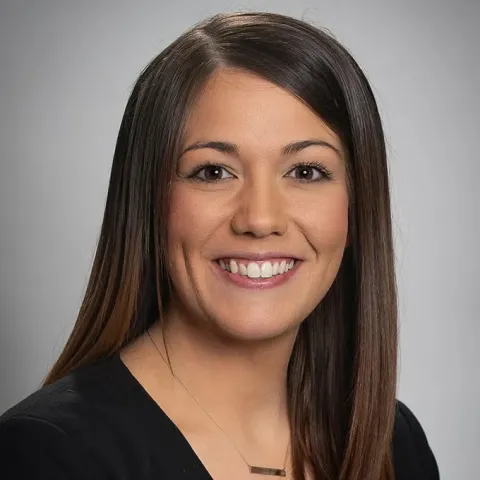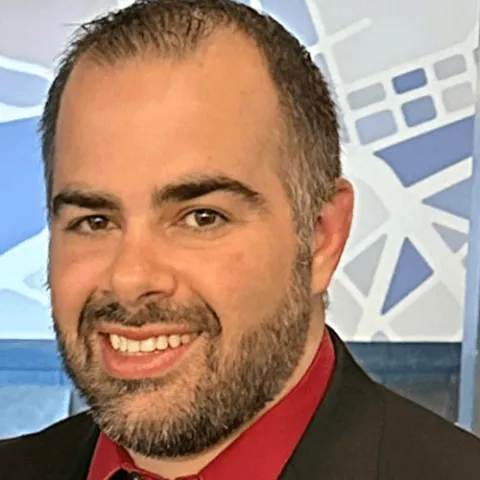NURSE PRACTITIONER CAREERS
According to the American Association of Nurse Practitioners, there are more than 325,000 nurse practitioners (NPs) in the United States. However, due to health care professional shortages and an aging population, there is an urgent need for more NPs in primary and acute care.
Many state boards of nursing and employers are updating the regulations regarding the scope of practice. Scope of practice is not based on the setting—it is based on the condition and needs of the patient. FNPs are not allowed to work with medically unstable patients and AGACNPs may not work with pediatric and young adolescent patients. These regulations are increasing the need for additional certification for many active nurse practitioners.
Whether you pursue an MSN in family practice, adult-gerontology acute care or psychiatric mental health, becoming a nurse practitioner can fulfill your passion for service and compassionate care. Other benefits include the following:
- Increased salary and career opportunities
- Better work/life balance with a more traditional work schedule
- New level of independence and leadership
- Versatility to work in a wide range of care environments
Whichever path you select, you’ll be preparing for one of the fastest-growing professions in the country while meeting the surging demand for providers in primary and acute settings.

#3 Best jobs in the country
Source: U.S. News & World Report

$111K Median NP salary
Source: BLS

52% Projected job growth by 2030
Source: BLS
Program Themes
These program themes are instilled in Rockhurst University’s MSN curriculum to prepare you for your role as an advanced practice nurse.
Advanced Practice Nursing Foundations
Incorporate scientific and theoretical concepts from nursing and other relevant disciplines to improve nursing practice in various settings
Evidence-Informed Quality Improvement
Adopt a lifelong learning approach to care that draws upon research and data to ensure safety and quality for patients and organizations
Leadership, Systems, and Policy
Serve as an effective and collaborative nurse leader from organizational, systems, and policy perspectives
Professional Associations for NPs
The following professional associations may provide useful career resources and continuing educational opportunities for our nurse practitioner students and graduates.
NURSE LEADERS
Transformative nursing leadership roles marry health care policy, informatics, and research with business acumen, including organizational behavior, financial decision-making, and project management.
Professional Association for Nurse Leaders
The following professional association may provide useful career resources for aspiring nurse leaders.
SECOND-CAREER NURSES
The need for nurses in the U.S. is rapidly increasing, and the demand for BSN-prepared nurses is even stronger. According to the American Nurses Credentialing Center, there were three million nurses in 2019. With a staggering one million nurses expected to retire by 2030, the opportunity for job growth is substantial.
Job Growth
According to the U.S. Bureau of Labor Statistics (BLS), the employment of registered nurses (RNs) is projected to increase by 6% from 2022 to 2032.
Motivating Factors
Why are some working professionals starting a second career in nursing? According to an article in the Online Journal of Issues in Nursing, there are four motivating factors:
Job satisfaction
“I want to feel satisfied at the end of the day knowing that my work made a difference.”
Desire for more knowledge
“Understanding the proper use of medications and the effects on the whole person plays an important role.”
Responsibility to help others
“Nursing is a career path in which I will be able to pursue my greater responsibility to humanity.”
Seeing what other nurses do is satisfying
“As I volunteered at a hospital, working with the newborns was very enriching. I saw nurses playing a role to ensure each baby got the best start for a healthy life. I knew that is what I wanted to do.”
Salary Potential
Another reason why people are switching their careers to nursing is an increase in pay.
The median annual wage for registered nurses is $81,220 (BLS, May 2022).
WORK ENVIRONMENT
Registered nurses can work in a variety of care environments. The largest employers of RNs are as follows:
Ambulatory health care services include industries such as physicians’ offices, home health care, and outpatient care centers. Nurses who work in home health travel to patients’ homes, while public health nurses may travel to community centers, schools, and other sites. Some nurses travel frequently in the U.S. and globally to care for patients in places where there are not enough health care workers (BLS, May 2022).
PROFESSIONAL ASSOCIATIONS FOR RNS
The following professional association may provide useful career resources and continuing educational opportunities for our registered nursing students and graduates.
Learn more about professional nursing associations.
ED.D. CAREER INFORMATION
There is always a need for highly qualified, well-trained educators and leaders to bring their experience and knowledge to new generations of learners at the postsecondary education level.
Salaries are substantial, and the job market is strong for those with an Ed.D. from Rockhurst University. According to the U.S. Bureau of Labor Statistics, postsecondary education administrators earn an average of $96,910 per year. Employment of postsecondary education administrators is projected to grow by 8% through 2030.
What can I do with an Ed.D. in Education and Leadership?
These are just a few of the many roles you can pursue with your Ed.D. from Rockhurst:
- Professor
- Primary or Secondary School Principal
- School District Superintendent
- College President
- Academic Dean
- Provost
- Admissions Director
- Program Administrator
- Chief Academic Officer
Education Doctorates: Ed.D. vs. Ph.D.
What’s the difference? Overall, an Ed.D. takes less time, costs less and focuses on skills you can use in the real world to make an impact in your field.
| Ed.D. | PH.D. |
|---|---|
|
Practitioner-based |
Research-intensive |
|
Faculty/scholar roles |
Faculty/researcher roles |
|
Complete in 2-3 years |
Complete in 5 years |
|
Average 60 credits |
Average 90 credits |
Associations
National Education Association










